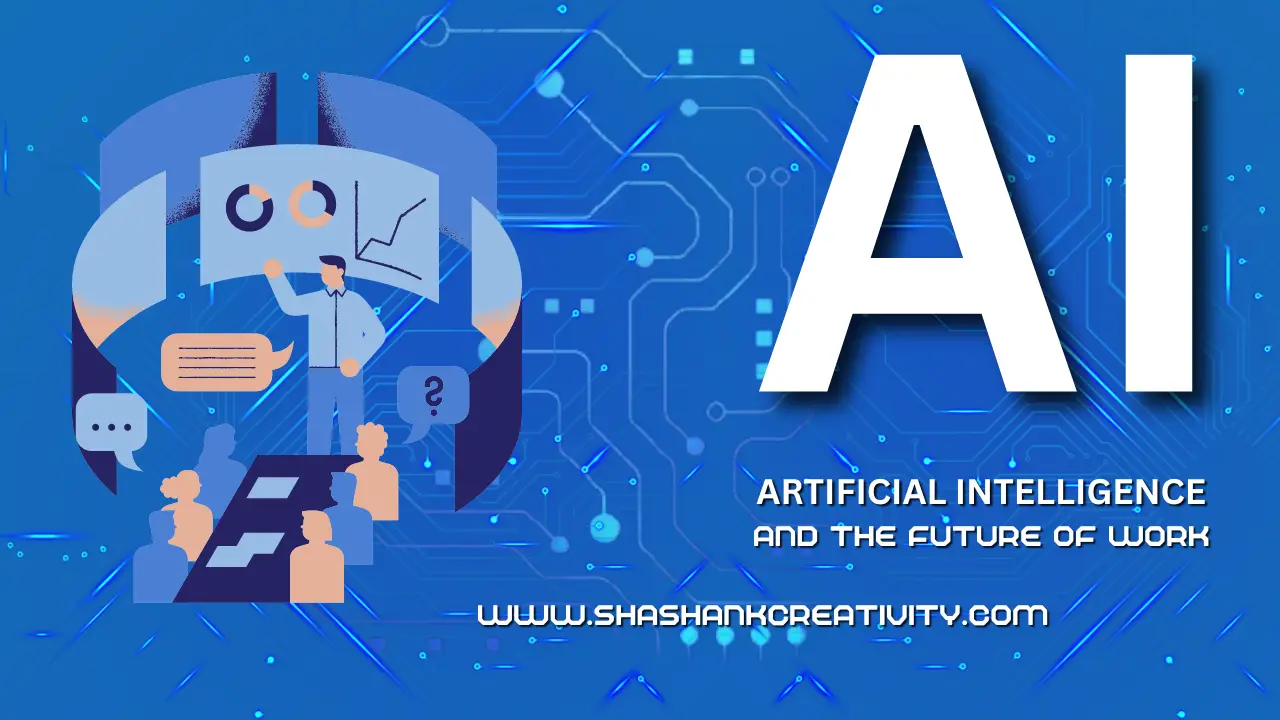Unlock the Power of AI with Supervised Learning - Explained with Pros and Cons! Find out what Supervised Learning is, how it works, and whether it's right for your business. Gain a comprehensive understanding of this cutting-edge technology and stay ahead of the curve with our expert guide.
What is supervised learning
Supervised learning is a type of machine learning in which the algorithm is trained on a labeled dataset to predict the output for new, unlabeled data. In this approach, the input data is paired with corresponding output or target variables, and the algorithm learns to make predictions by comparing its output to the correct output in the labeled data.
During the training phase, the algorithm is provided with examples of inputs and their associated outputs, and it learns to identify patterns and relationships between the inputs and outputs. Once the algorithm has been trained, it can be used to make accurate predictions on new, unseen data.
Supervised learning is commonly used in tasks such as classification and regression. Classification involves predicting a categorical or discrete output, while regression involves predicting a continuous output. Examples of applications include image recognition, natural language processing, and predicting stock prices.
One advantage of supervised learning is its ability to make accurate predictions, and its versatility and ability to be applied to a wide range of problems makes it a key approach in machine learning.
How it is different from unsupervised learning.
Unsupervised learning is a type of machine learning where the algorithm is trained on unlabeled data, without providing any specific target variable for the algorithm to predict. The goal of unsupervised learning is to discover patterns, relationships, and structures in the data without any prior knowledge about the outputs.
Unlike supervised learning, unsupervised learning algorithms are aimed at discovering inherent relationships and patterns within the data itself, rather than making predictions about new data. This approach is useful when we don't have labeled data or when it is difficult to define a clear target variable.
Clustering, anomaly detection, and dimensionality reduction are some of the common applications of unsupervised learning. Clustering involves grouping similar data points into clusters, anomaly detection identifies outliers, and dimensionality reduction reduces the number of features in the dataset by combining or eliminating them.
One of the main differences between supervised and unsupervised learning is the presence or absence of labeled data. Another difference is that supervised learning algorithms perform better when there is a clear objective or target variable, whereas unsupervised learning algorithms are better suited for exploratory data analysis, detecting patterns in the data, and finding relationships within the data without explicit guidance.
while supervised learning is used to make predictions, unsupervised learning is used to uncover hidden patterns and structures within the data.
What are the pros and cons of supervised learning.
Pros:
1. Accurate predictions: Because supervised learning uses labeled data to train algorithms, the algorithm can make more accurate predictions when presented with new data.
2. Versatility: Supervised learning techniques can be applied to a wide range of tasks, including image recognition, natural language processing, and predicting stock prices, making it a versatile approach to machine learning.
3. Easier implementation: Since supervised learning algorithms have clear targets to aim for, the implementation of supervised learning algorithms is relatively easier compared to unsupervised learning algorithms, which require a more exploratory approach to find hidden patterns.
Cons:
1. Bias: Since supervised learning algorithms learn from the labeled data provided, the accuracy and quality of the output are heavily dependent upon the quality and quantity of the labeled data.
2. Overfitting: If the supervised learning algorithm is trained on data that is too limited or specific, the algorithm may become too specialized and unable to generalize to new data.
3. Data labeling cost: Supervised learning requires labeled data, which can be costly and time-consuming to prepare. If the labels are inaccurate, then the results of the algorithm will also be inaccurate.
supervised learning has the benefit of producing accurate predictions for a wide range of applications, but the quality and quantity of labeled data needed for effective training can be a limitation. It is important to consider the potential bias and overfitting in the training dataset while designing supervised learning models.
What is supervised learning, What is semi supervised learning, What is supervised machine learning, What is supervised learning in machine learning, What is supervised learning and unsupervised learning, What is the difference between supervised and unsupervised learning, What is supervised and unsupervised learning in machine learning, What is supervised learning mcq, What is difference between supervised and unsupervised learning, What is supervised learning in artificial intelligence, What is classification in supervised learning, What is supervised learning in data mining, What is supervised vs unsupervised learning, What is supervised learning machine learning, What is the supervised learning, What is supervised unsupervised and reinforcement learning, What is semi supervised machine learning, What is supervised and unsupervised machine learning, What is supervised learning algorithm, What is supervised learning and unsupervised learning in machine learning, What is supervised learning in hindi, What is supervised learning in neural networks, Explain what is the function of supervised learning, What is meant by supervised learning, What is supervised and unsupervised learning explain with the examples, What is supervised and unsupervised learning in ai, What is supervised and unsupervised learning in artificial intelligence, What is supervised and unsupervised learning in data mining, What is supervised and unsupervised learning with example, What is supervised learning algorithms, What is supervised learning example, What is supervised learning in data science, What is supervised learning in ml, What is supervised learning technique, What is supervised learning with example, What is the definition of supervised machine learning, What is the difference between supervised and unsupervised machine learning, What is the difference between supervised learning and reinforcement learning, What is the standard approach to supervised learning,
